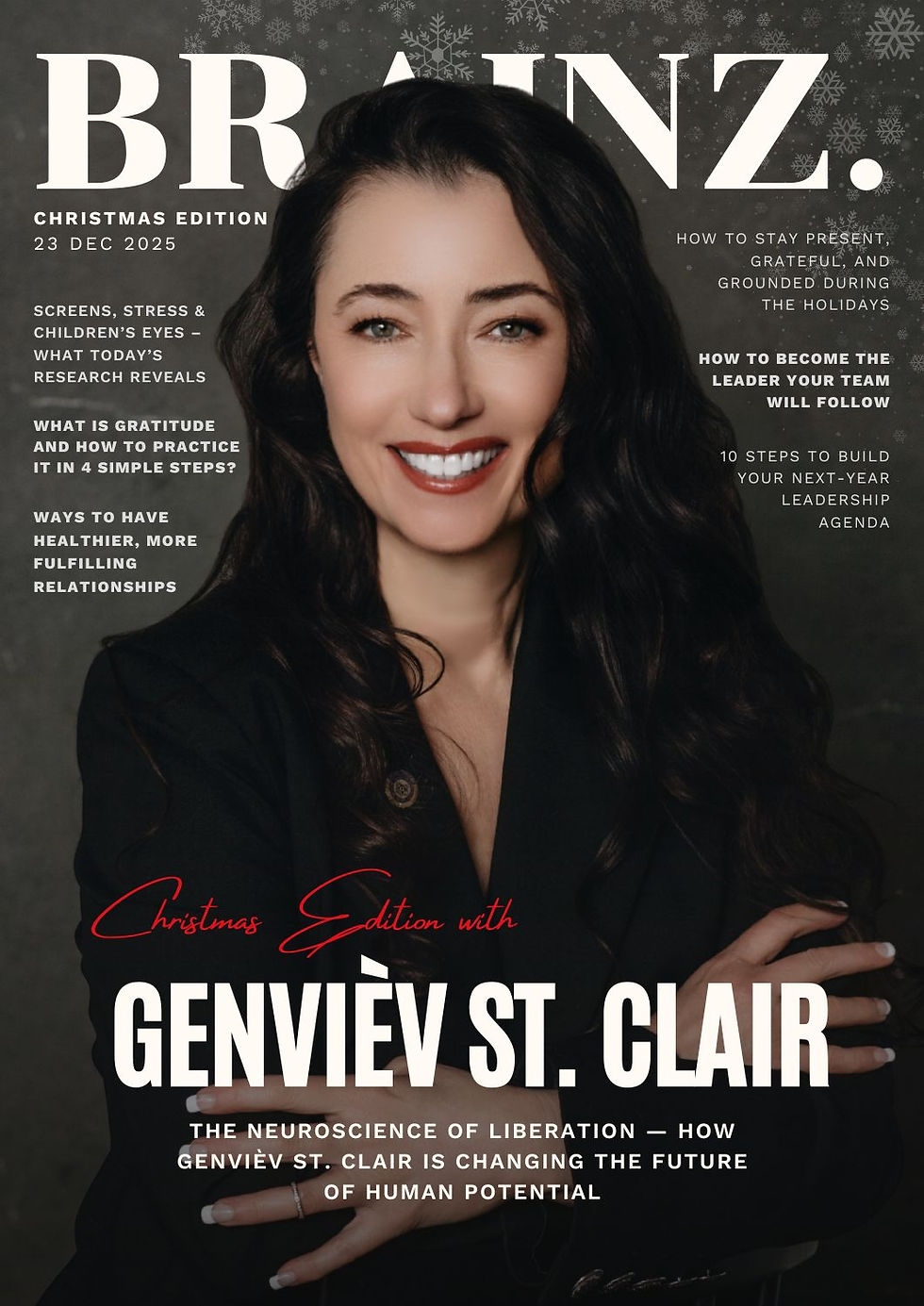The History Of Substance Use And The Construction Of Stigma
- Brainz Magazine

- Feb 24, 2022
- 4 min read
Written by: Nicole M. Augustine, Executive Contributor
Executive Contributors at Brainz Magazine are handpicked and invited to contribute because of their knowledge and valuable insight within their area of expertise.

There is a history of stigma related to substance use that has been socially constructed over time. This stigma has led to discrimination and negative attitudes towards people who use substances, even though using substances is a common human behavior. To understand the roots of this stigma, we need to look at the history of how we have viewed substance use.

During the late 1800s and early 1900s, Americans began using drugs such as cannabis, cocaine, opiates, and other narcotics, and the adverse effects of these drugs on health and society were evident. During this point in history, we had minimal knowledge about addiction. Much of our understanding of addiction was rooted in religion and deemed as connected to a lack of morality, weak willpower, or even race! The disease model of addiction was not introduced until the middle of the twentieth century and was in direct opposition to the widespread social philosophies touting the lack of morality and racism as reasons for addiction. This ignorance resulted in fear and negative stigmas on drugs and those who used them. We still carry this history of stigma today, despite advancements in knowledge about the process of addiction. Substance use disorders have a long history of being framed as a moral, personality, or character shortcoming. Consider the language we use to describe a person with a substance use disorder. We use words like "dirty" to describe a urine sample or "not clean" to describe when the person is "abusing" a substance. Furthermore, when a person is struggling to get well, we often address their behavioral health issue with incarceration. This is in stark contrast to how we respond to a person suffering from other chronic conditions. Stigma is a learned social phenomenon that affects us all. Stigma prevents folx from seeking treatment early, or ever. According to the Substance Abuse and Mental Health Services Administration (SAMHSA) 2013, of the 23 million Americans who meet the criteria for a substance use disorder each year, only 10% access treatment, and stigma is a significant barrier to seeking help. We, as a society, hold a narrative that treatment is reserved for "addicts". We then define "addict" as someone who is weak-willed, lacks morals, can't keep a job, is homeless, is poor, and has a laundry list of negative outcomes we have type-casted to the word "addict". This picture, inherently, becomes the definition of when to seek treatment. As a result, many ignore the early signs of risks and may be far more advanced in the addiction process before they ever receive treatment. A World Health Organization study of the 18 most stigmatized social problems (including criminal behavior) in 14 countries found that drug addiction was ranked number 1, and alcohol addiction was ranked number 4 (Kelly et al., 2010). This statistic is astounding! And explains why, despite addiction being a preventable chronic condition, we as a society have made very little progress towards removing the cloud of stigma from substance use. Addiction stigma and discrimination experienced by those with a substance use disorder independently lead to tens of thousands of preventable deaths every single year (Shatter Proof, 2020). Additionally, stigma related to addiction often overlaps and intensifies with other forms of stigma, discrimination, and bias, such as those related to race, class, gender, sexual orientation, occupation, and others (Turan et al, 2019).
Stigma is a problem and addressing stigma should be of great priority. VADM Jerome M. Adams, US Surgeon General said it best in his lecture at UC Davis Medical School on June 24, 2019:
“Folks often ask me what the biggest killer is out there… is it obesity? Is it smoking? I think the biggest killer out there is stigma. Stigma keeps people in the shadows. Stigma keeps people from coming forward and asking for help. Stigma keeps families from admitting that there is a problem.”
Our first best strategy is to adopt a new language and to be mindful of the words we use when describing someone who uses substances. This shift in a language requires all of us to work together, and push back against the harmful, stigmatizing language being used throughout society. If you’re ready to join in the solution, check out Shatter Proof for more information on how you can help end stigma.

Nicole M. Augustine, Executive Contributor Brainz Magazine
Nicole M. Augustine is a social entrepreneur, public health professional, and social justice advocate. She was born in Inglewood, CA, in the early 80s during the decade in America known for the "crack epidemic ." This was her first experience with social injustice, racial inequality, and the roots of trauma that plague many people. Nicole found herself studying sociology and public health and was drawn to understanding the root causes of health disparities. She received her B.A. in Sociology from Cornell University and her Master of Public Health from The George Washington University School of Public Health. Throughout her career in public health, she has focused her work on understanding health disparities and social inequality. Her personal life mission is to drive community and societal change while creating generational shifts in community wellness outcomes.
References:










.jpg)